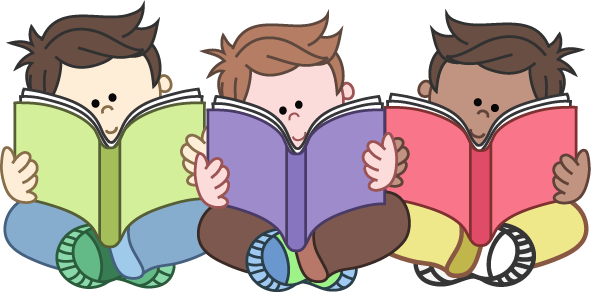Bottom-up theories of the reading process depend on phonetic awareness and word-by-word decoding strategies, the System for Adult Basic Education Support reports.
Much like solving a puzzle piece by piece, early reading skills build upon each other until students are reading with fluency and high levels of comprehension.
Print Awarenss
Before students can learn to read, bottom-up theorists believe they must develop print awareness. Pre-readers must understand that the shapes and lines on a page represent letters and when put together, represent different words. According to an article by the Indianapolis Public Library, bottom-up teaching strategies first help pre-readers recognize that printed words provide information. Once students learn that print is read from left to right and top to bottom and that there are spaces between words, they can begin to understand that words in print send meaning, as Reading Rockets reports.
Letters and Phonics
Bottom-up teaching strategies help students learn letter recognition while developing print awareness. As they commence to recognize and identify letters, teachers begin developing students’ phonetic awareness. Students then learn to pronounce common letter combinations, such as “th” or “st.” They learn to identify similar words with differing pronunciations, such as “baked” and “naked, ” and words with multiple spellings or exceptions to common phonetic rules, according to Dr. Jon Reyhner of Northern Arizona University.
Decoding and Practice
Decoding is a major piece of the puzzle for students learning to read using bottom-up theories. Once they have developed phonetic awareness, students begin decoding by sounding out each letter or letter combination in a word. Students practice reading simple stories as they learn to read several simple words. They learn to sound out progressively difficult material by sounding out letters in a word, one word at a time. Though the decoding process can be slow at first, readers begin to automatically recognize some words. Over time, they are able to sound out new words more quickly, according to an excerpt from “The Essentials of Teaching Children to Read,” published on education.com.
Reading Fluency
Reading fluently is the final step of bottom-up reading theories. Beginning readers might not understand much of what they are reading as they concentrate on decoding and pronouncing each word. Once they are able to identify words quickly, they begin to not only read text but improve comprehension, according to “Fluent Reading,” published on the PBS website. With practice and repetition, fluency develops and improves over time.

